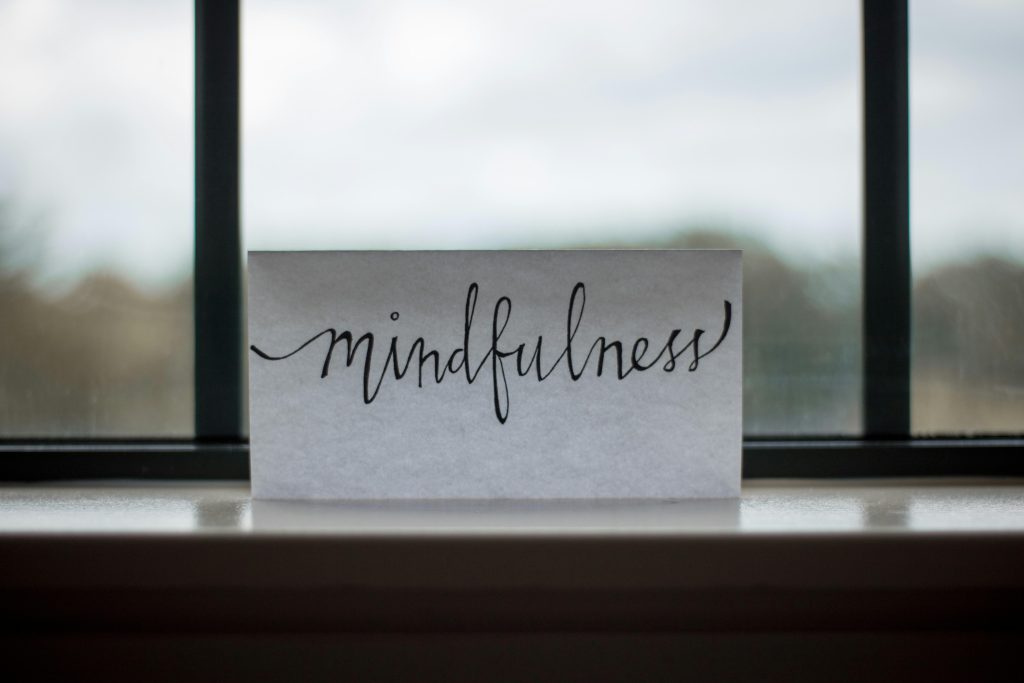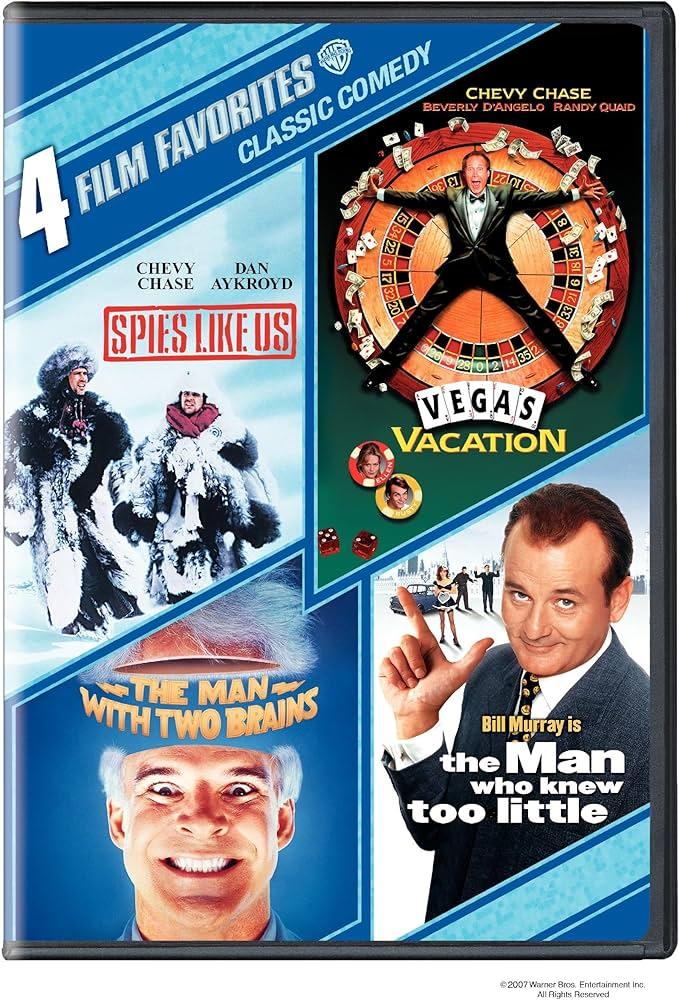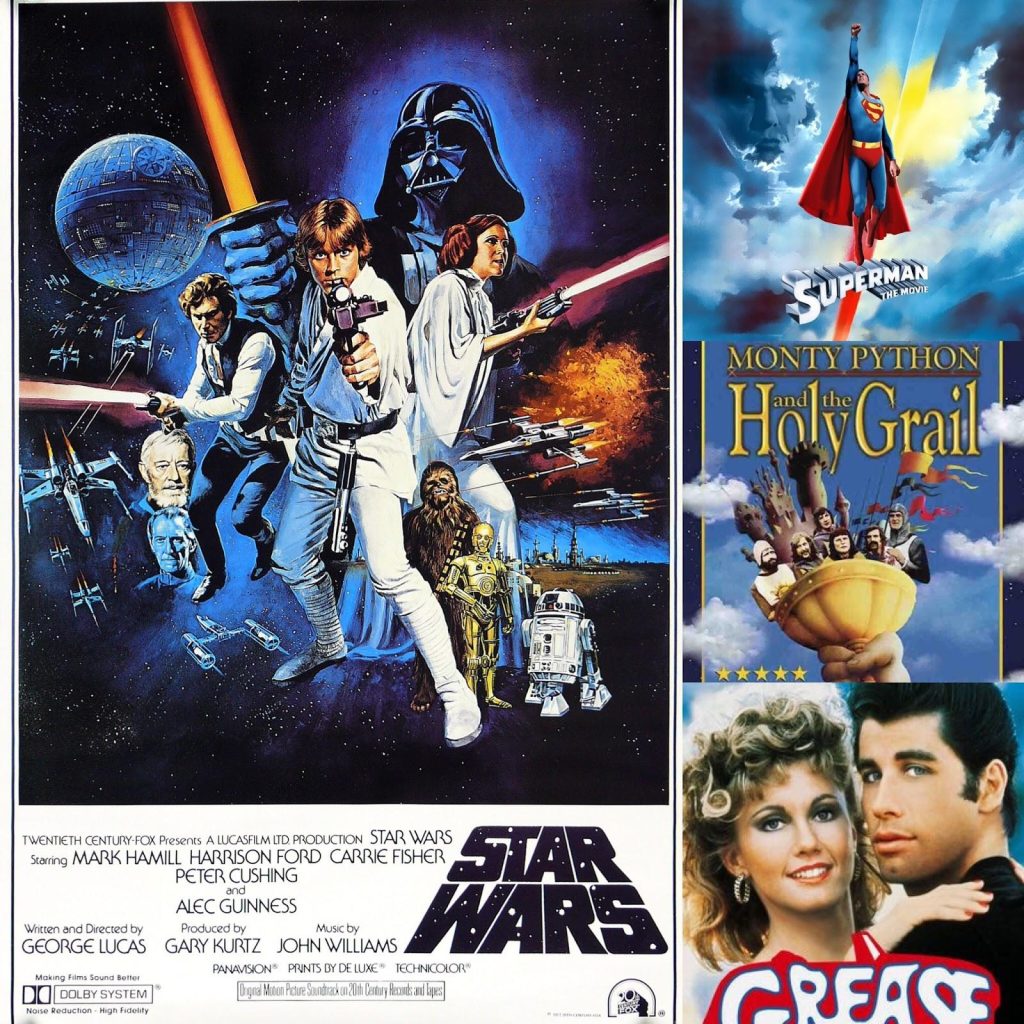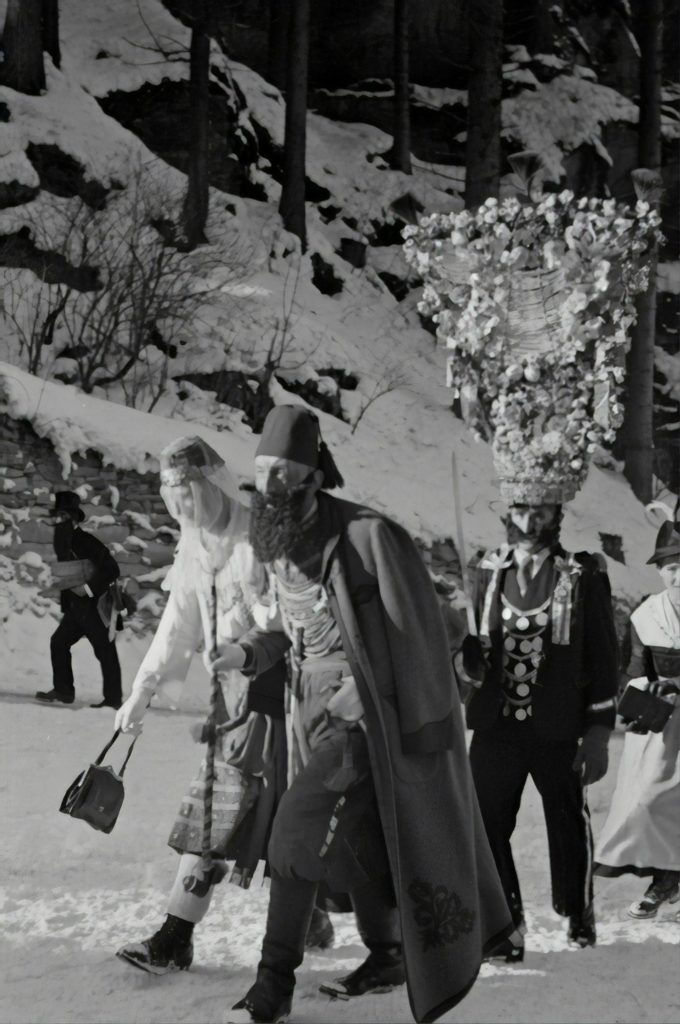In the age of streaming platforms and instant gratification, binge-watching has become a cultural phenomenon, redefining how we consume television. As viewers indulge in episode after episode without pause, questions arise about the impact of this viewing style on the art of TV storytelling. Has the era of binge-watching compromised the narrative depth and creative integrity once cherished in television series? Or has it simply transformed storytelling into a new, dynamic form that caters to the evolving preferences of its audience? This article delves into the heart of this debate, exploring whether binge-watching is indeed undermining the craft of television storytelling or ushering in a new golden age of narrative innovation.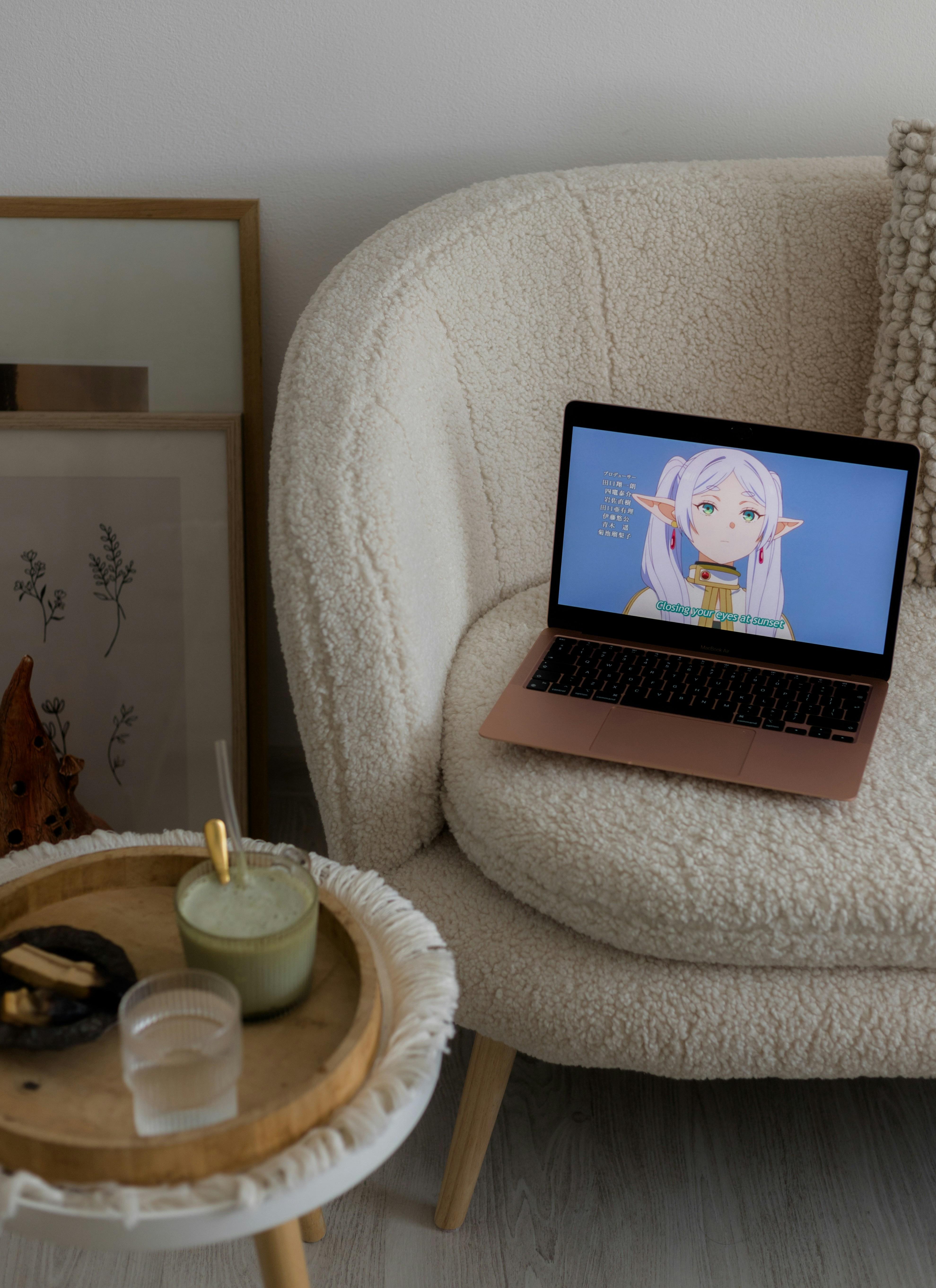
The Evolving Landscape of Television Narratives
The shift from traditional weekly episodic releases to the all-at-once model of streaming platforms has undeniably transformed television narratives. With the rise of binge-watching, viewers are consuming entire seasons in a single sitting, prompting creators to rethink storytelling structures. Instead of standalone episodes, there’s a growing emphasis on continuous, serialized storytelling. This approach can lead to more intricate plots and character development, as writers have the freedom to craft arcs that unfold over several episodes without the constraints of weekly cliffhangers. However, this evolution also brings challenges, such as maintaining pacing and keeping audiences engaged throughout longer viewing sessions.
- Pros: Enhanced character depth, intricate storylines, and the freedom to explore complex themes.
- Cons: Risk of pacing issues, potential for filler content, and the loss of episodic satisfaction.
While binge-watching offers the luxury of immersion, it also raises questions about the sustainability of these narrative forms. As creators strive to meet the demands of this viewing style, the art of storytelling is being reshaped, leaving both opportunities and challenges in its wake. The true test lies in finding a balance that honors the art of storytelling while catering to modern consumption habits.
The Impact of Binge-Watching on Storytelling Quality
The shift towards binge-watching has undeniably transformed how stories are crafted for television. Traditionally, TV series were structured around weekly episodes, each with its own arc, allowing for reflection and anticipation. Now, creators often design narratives with a continuous flow, catering to audiences who consume entire seasons in a single sitting. This change in consumption has led to both positive and negative impacts on storytelling quality.
- Enhanced Character Development: With the ability to tell longer, interconnected stories, writers can delve deeper into character backstories and complex arcs, creating a more immersive experience.
- Pressure on Pacing: Continuous viewing demands a steady pace, which can sometimes result in filler content or rushed resolutions to maintain engagement across episodes.
- Cliffhangers vs. Cohesion: While binge-watching allows for immediate resolution of cliffhangers, it can also diminish their impact, as the anticipation built over a week is lost. On the flip side, seamless transitions between episodes can enhance narrative cohesion.
- Viewer Fatigue: Consuming large amounts of content in one go can lead to fatigue, potentially diminishing the overall appreciation and critical analysis of the story being told.
Ultimately, while binge-watching has opened new avenues for storytelling, it challenges creators to balance innovation with traditional narrative strengths.
Balancing Viewer Engagement and Artistic Integrity
In the realm of modern television, creators often find themselves walking a tightrope between maintaining artistic integrity and meeting the demands of an ever-hungry audience. The binge-watching culture, fueled by streaming platforms, has shifted expectations, pushing for immediate gratification and swift plot resolutions. While this may increase viewer engagement, it can sometimes compromise the depth and nuance of storytelling.
- Character Development: Rapid consumption can pressure writers to accelerate character arcs, potentially sacrificing depth for pace.
- Plot Complexity: The art of suspense and gradual unfolding may be lost, as creators feel compelled to deliver immediate twists and turns.
- Viewer Feedback: Instant reactions can influence future episodes, sometimes swaying the narrative direction away from the creator’s original vision.
Striking a balance between these competing priorities requires a delicate touch. It demands a commitment to the craft of storytelling, ensuring that the narrative remains true to its core, even as it adapts to the changing landscape of viewer consumption.

Strategies for Preserving Narrative Depth in the Streaming Era
In an age where entire seasons are released in one go, maintaining narrative depth requires innovative approaches to storytelling. Writers and producers can focus on crafting multi-layered characters whose development unfolds gradually, offering viewers a reason to savor episodes instead of consuming them in one sitting. This can be achieved by embedding rich backstories, intricate motivations, and evolving relationships that invite viewers to invest emotionally over time.
- Episodic Structure: Reinforce standalone episodes within a larger narrative arc, allowing each episode to deliver its own thematic punch.
- Narrative Complexity: Introduce subplots that intersect with the main storyline, creating a tapestry of interwoven narratives that reward attentive viewing.
- Pacing and Timing: Balance cliffhangers with moments of resolution, encouraging viewers to pause and reflect before moving on to the next episode.
By leveraging these strategies, creators can craft experiences that not only captivate audiences but also sustain the art of storytelling in a world increasingly dominated by the binge-watching phenomenon.


